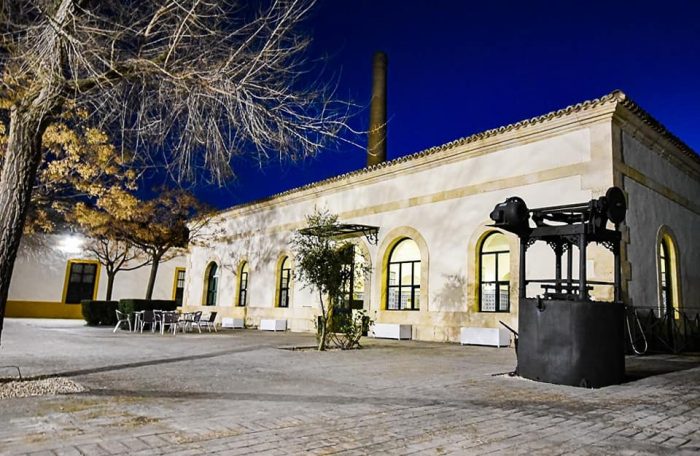In the last decades, Andalusia, in particular Jaén and its province, have invested in the cultivation of olive groves. A quality production, internationally recognized, which has made this beautiful Spanish region the world capital of Extra virgin olive oil.
In a context so rich in history and tradition, Andalusia is no longer just a region dedicated to coastal and artistic tourism, but also a point of reference for lovers of EVOO culture. Specifically, the province of Jaén provides a rich tourist offer in the olive sector with a series of events and guided tours, all linked to the dissemination of a culture rich in tradition such as the olive grove.
Baeza is one of the must-see places for anyone visiting Andalusia. A wonderful city that, with Úbeda, is a UNESCO World Heritage Site. Not only a rich artistic heritage, dating back to Humanism and the Italian Renaissance, but also a quintessential destination for lovers of olive culture.
The “Museum of the Culture of the Olive Tree” of Baeza is a little gem that contains the history, traditions and everything that revolves around the culture of olive oil.
Sebastián Moreno Cuevas tells the story of one of the best-known oil museums, set in a scenic and historical context that makes it one of the flagships of olive-growing Spain.
For the article visit Piero Pardini Wine Reviews.








